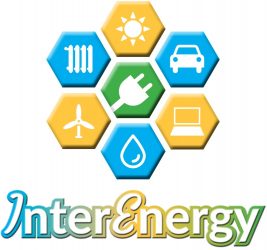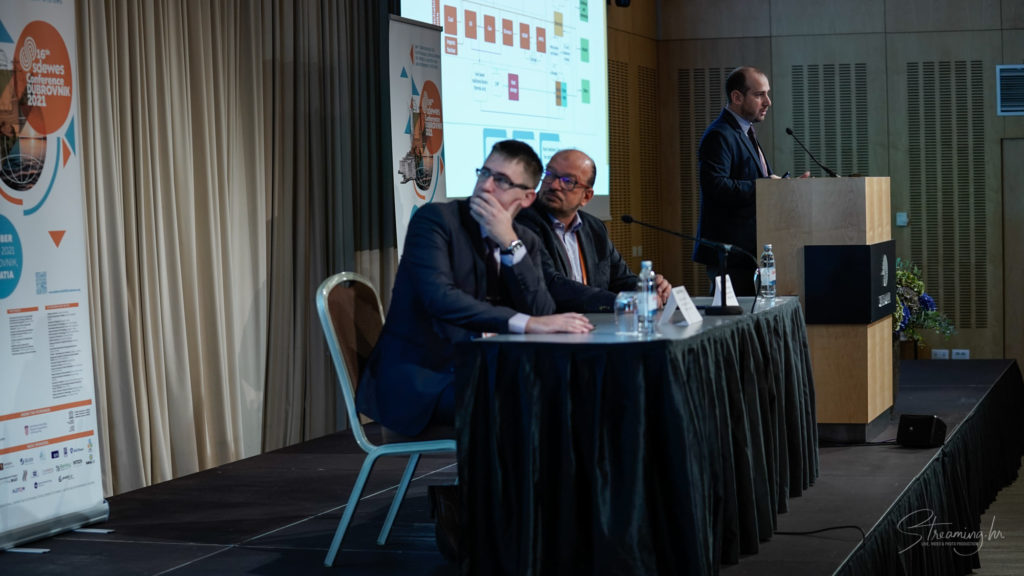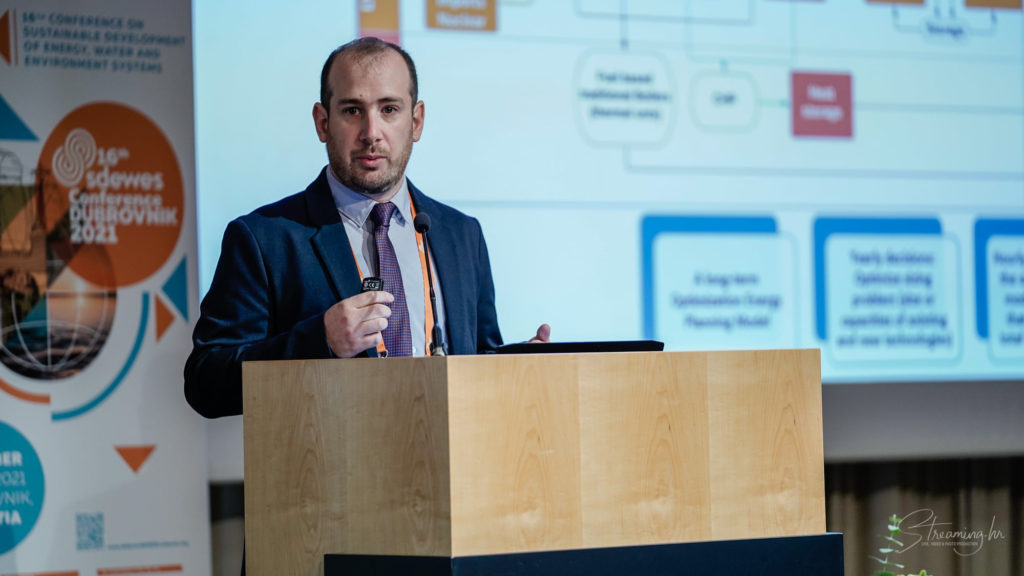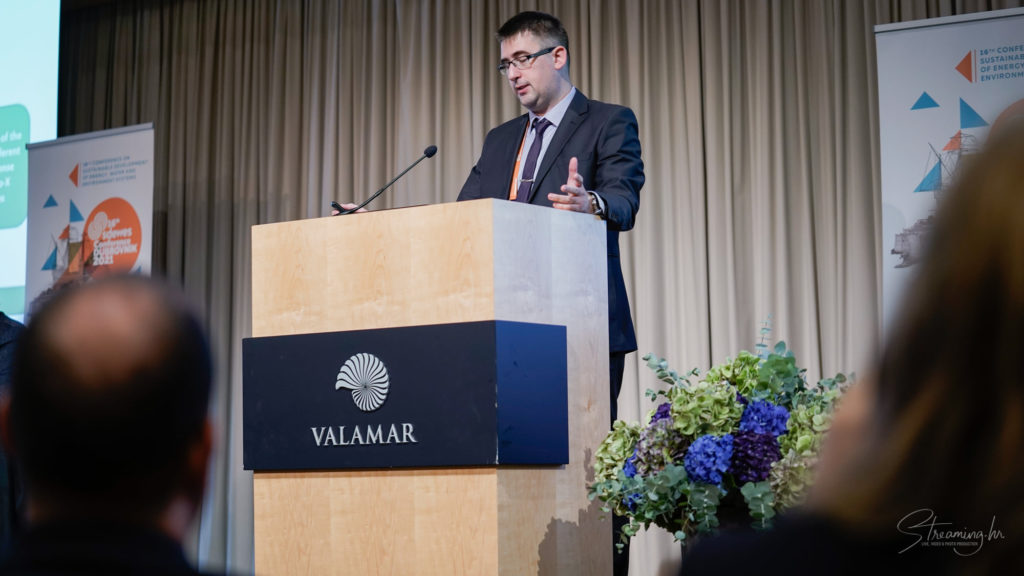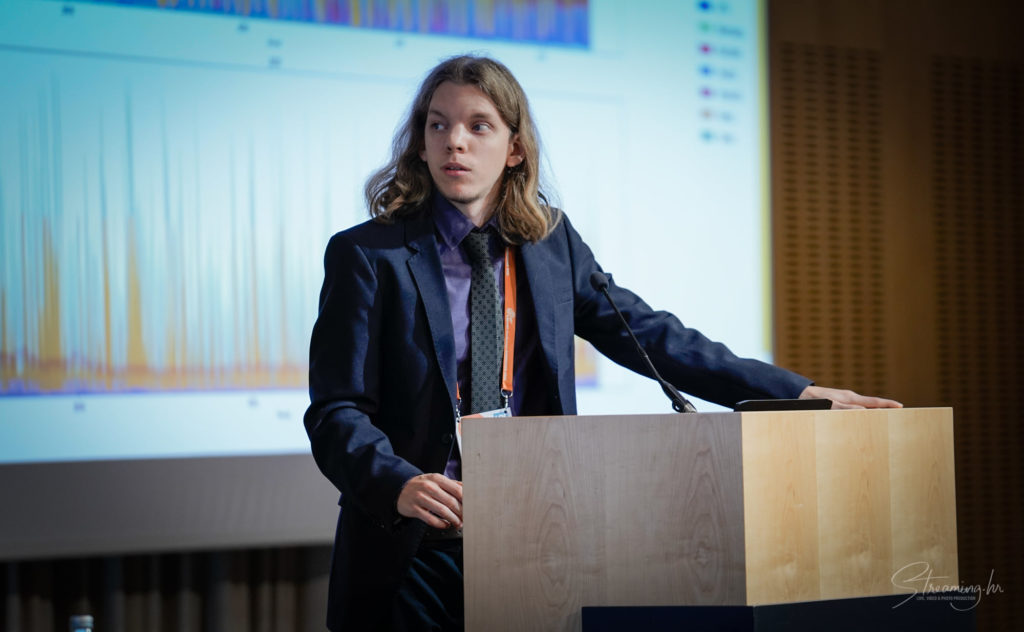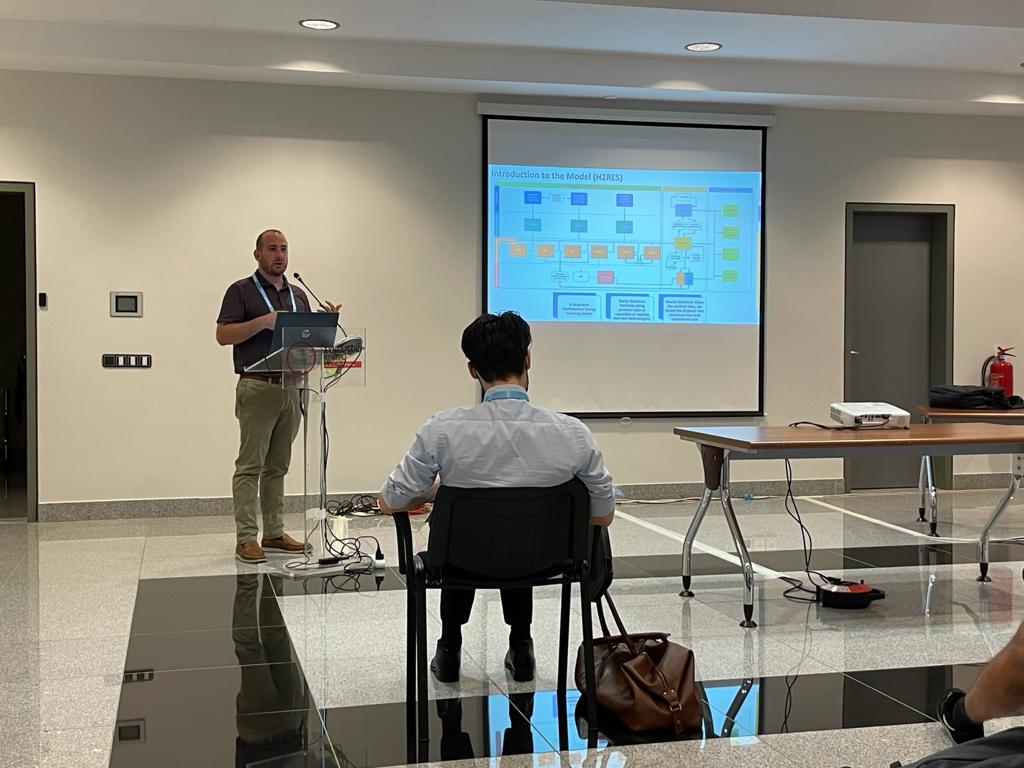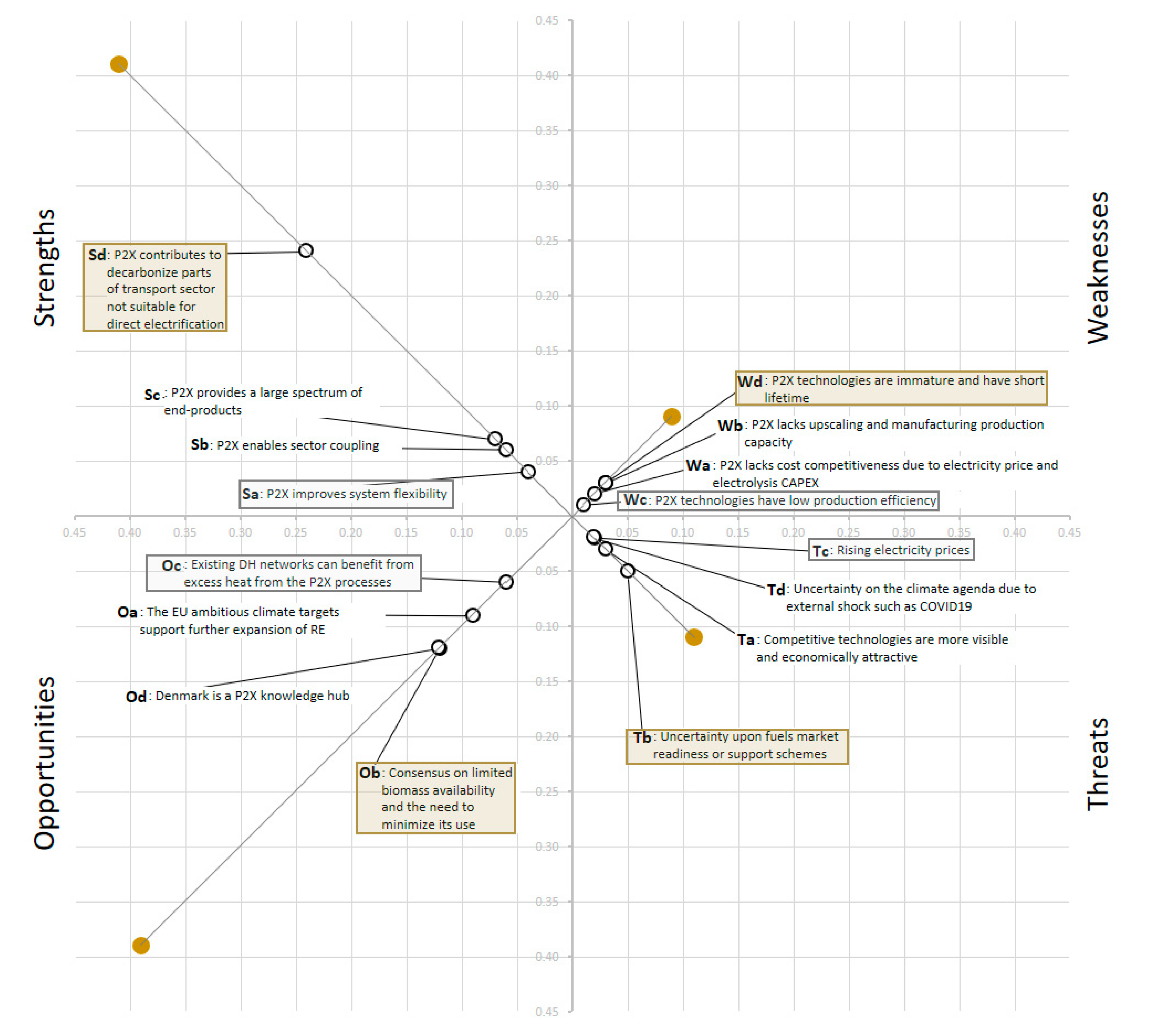The final conference of the project “Investigating energy transition pathways – interrelation between power-to-X, demand response and market coupling”– INTERENERGY , funded by the Croatian Science Foundation under the project number IP-2019-04 9482, took place, as a side event of the SDEWES 2023 Conference, at 13:30, on Tuesday, September 26th 2023 in the ROOM A. The special event chair and project leader was prof. Neven Duić from the University of Zagreb, Faculty of Mechanical Engineering and Naval Architecture.
On this event, participants had the opportunity to get detailed information about the new, open source long-term energy planning model, which is developed with particular emphasis on the technologies that can enable energy transition towards 100% RES-based energy systems.
Also, a round table featuring the most prominent researchers in the field of energy planning took place, with the hot topic of advances in energy system modelling, including the modelling of various e-fuels, energy conversions needed for balancing of the smart 100% RES-based systems and their management.
H2RES tool website: https://h2res.org/
Agenda:
| 13:30-13:45 | Results of the INTERENREGY project | Prof. Neven Duić |
| 13:45-14:15 | Emerging modules in H2RES model – expanding towards IAMs and multi-zonal options | Prof. Felipe Feijoo |
| 14:15-15:30 | Round table on the advances in the modelling of smart energy systems based 100% on renewable energy | Prof. Neven Duić, Prof. Iva Ridjan Skov, Prof. Ingo Stadler, Prof. Felipe Feijoo, Prof. Daniele Groppi |

